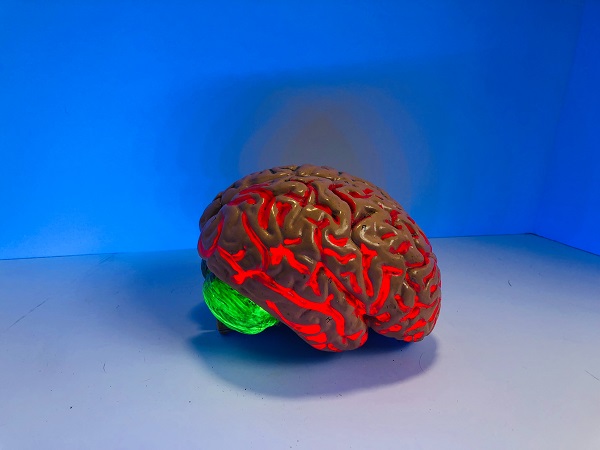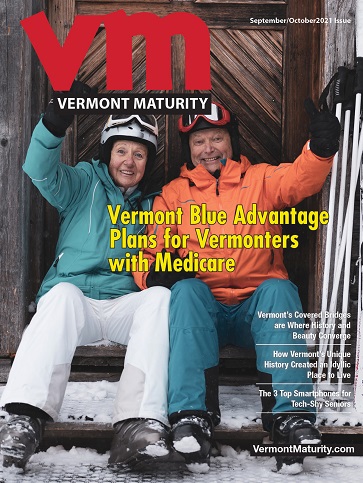
One of the most important findings of recent neuroscience research concludes that brain plasticity – our ability to learn new things – does not fade in our later decades. Getting old does not mean that our brain function diminishes – unless we let it happen.
The reality of aging can impact our memory function. Close to half of the population over age 65 reports some kind of memory change. That occurs, however, in the absence of efforts to strengthen memory capacity.
Plasticity is not the same as memory. Plasticity refers to the ability to build new neural circuits in the service of learning new things. Learning a new language, for example demands the construction of new neural circuits. Learning to play an instrument requires new neural circuits. Adults in their mature decades can actively strengthen brain plasticity and memory function with purposeful exercises to build new circuits in our brain.
Want to keep your brain vibrant and agile? Here’s the plan:
Move and Renounce Sedentary Habits
Neuroscience experts believed, for a long time, that the human brain was static in terms of the number of neurons between our ears. The hippocampus is a sea horse-shaped part of our brain buried deep in the middle of our skull. The hippocampus is the central switching station for human memory. Neuroscience experts have discovered that our hippocampus is capable of neurogenesis – birthing new neuron growth stimulated by physical activity.
Exercise also generates a range of proteins that are highly beneficial to brain function. BDNF – brain-derived neurotropic factor – gets pumped up by physical activity. Dr. John Ratey of Harvard Medical School calls BDNF ‘Miracle Gro for the Brain.’
Want to give your brain new life? Start by getting active.
Tackle New Learning Challenges
Coursera and edX have hundreds of new courses for free. Sign up and learn something new. If you don’t finish it, don’t worry. Find a new course. Community Centers and Senior Centers are often good sources of new learning experiences. Foreign languages are excellent opportunities for boosting your new neural networks.
Find opportunities to practice your new knowledge on the internet. Don’t feel competent on the internet? That’s a terrific new learning challenge.
Create Memory Workouts
Google Maps is a marvelous device. Just tell it where you want to go, and it will tell you when and where to turn. Save it for when you get lost. Get out the map – online or the old-fashioned paper version – and memorize what turns to make and use your noggin.
Grocery lists? Memorize what you need from the store with this twist. Map out what products are likely to be found on which aisle and use the store layout to help you find your items. At the end of the last aisle – before you check out – go back to your written list and make sure you have everything.
Challenge your memory. Make it work. It will repay you in spades. Who was the 23rd president?
Don’t sit around worrying about your brain’s vitality. DO something to keep your brain in the active learning lane. Get moving. Tackle new challenges. Work your memory.
And, to revisit an earlier column, research by Becca Levy at Yale demonstrates that seniors who believe that their later decades can be rewarding and stimulating live longer and function better. Create a positive learning cycle in your mature decades. There’s no better time to be a student.
Richard Houston, Ed.D., is an aging baby boomer who is ramping up his productivity rate in his mid-70’s. He swears that his brain has never been more productive. Check out his web sites at Senior-psych.com and Resilience-Advocate.
Related Articles & Free Vermont Maturity Magazine Subscription

The Senior Conundrum with Physical Activity






Comment here